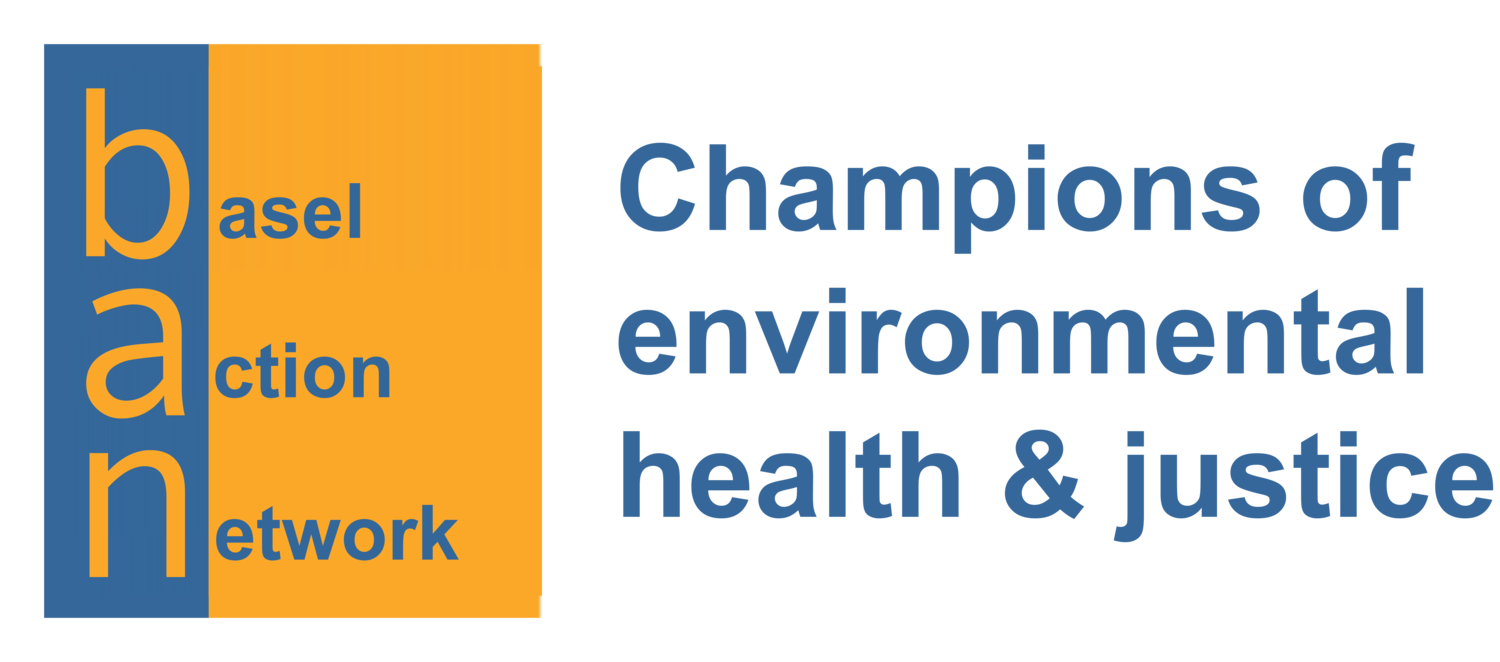'Plastic recycling is a myth': what really happens to your rubbish?
/Plastic waste ready for inspection before being sent to Malaysia; the UK produces more refuse than it can process at home – about 1.1kg per person per day. Photograph: AFP/Getty Images.
An alarm sounds, the blockage is cleared, and the line at Green Recycling in Maldon, Essex, rumbles back into life. A momentous river of garbage rolls down the conveyor: cardboard boxes, splintered skirting board, plastic bottles, crisp packets, DVD cases, printer cartridges, countless newspapers, including this one. Odd bits of junk catch the eye, conjuring little vignettes: a single discarded glove. A crushed Tupperware container, the meal inside uneaten. A photograph of a smiling child on an adult’s shoulders. But they are gone in a moment. The line at Green Recycling handles up to 12 tonnes of waste an hour.
“We produce 200 to 300 tonnes a day,” says Jamie Smith, Green Recycling’s general manager, above the din. We are standing three storeys up on the green health-and-safety gangway, looking down the line. On the tipping floor, an excavator is grabbing clawfuls of trash from heaps and piling it into a spinning drum, which spreads it evenly across the conveyor. Along the belt, human workers pick and channel what is valuable (bottles, cardboard, aluminium cans) into sorting chutes.
“Our main products are paper, cardboard, plastic bottles, mixed plastics, and wood,” says Smith, 40. “We’re seeing a significant rise in boxes, thanks to Amazon.” By the end of the line, the torrent has become a trickle. The waste stands stacked neatly in bales, ready to be loaded on to trucks. From there, it will go – well, that is when it gets complicated.
You drink a Coca-Cola, throw the bottle into the recycling, put the bins out on collection day and forget about it. But it doesn’t disappear. Everything you own will one day become the property of this, the waste industry, a £250bn global enterprise determined to extract every last penny of value from what remains. It starts with materials recovery facilities (MRFs) such as this one, which sort waste into its constituent parts. From there, the materials enter a labyrinthine network of brokers and traders. Some of that happens in the UK, but much of it – about half of all paper and cardboard, and two-thirds of plastics – will be loaded on to container ships to be sent to Europe or Asia for recycling. Paper and cardboard goes to mills; glass is washed and re-used or smashed and melted, like metal and plastic. Food, and anything else, is burned or sent to landfill.
Or, at least, that’s how it used to work. Then, on the first day of 2018, China, the world’s largest market for recycled waste, essentially shut its doors. Under its National Sword policy, China prohibited 24 types of waste from entering the country, arguing that what was coming in was too contaminated. The policy shift was partly attributed to the impact of a documentary, Plastic China, which went viral before censors erased it from China’s internet. The film follows a family working in the country’s recycling industry, where humans pick through vast dunes of western waste, shredding and melting salvageable plastic into pellets that can be sold to manufacturers. It is filthy, polluting work – and badly paid. The remainder is often burned in the open air. The family lives alongside the sorting machine, their 11-year-old daughter playing with a Barbie pulled from the rubbish.

